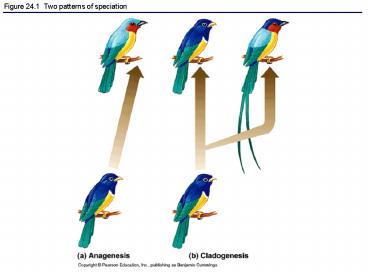Figure 24'1 Two patterns of speciation - PowerPoint PPT Presentation
1 / 22
Title:
Figure 24'1 Two patterns of speciation
Description:
Figure 24.5 A summary of reproductive barriers ... Figure 24.14a Botanist Hugo de Vries. Figure 24.14b The new primrose species of botanist Hugo de Vries ... – PowerPoint PPT presentation
Number of Views:64
Avg rating:3.0/5.0
Title: Figure 24'1 Two patterns of speciation
1
Figure 24.1 Two patterns of speciation
2
Figure 24.2a The biological species concept is
based on interfertility rather than physical
similarity
3
Figure 24.5 A summary of reproductive barriers
between closely related species
4
Figure 24.6 Two modes of speciation
5
Figure 24.7 Allopatric speciation of squirrels
in the Grand Canyon
6
Figure 24.8 Has speciation occurred during
geographic isolation?
7
Figure 24.9 Ensatina eschscholtzii, a ring
species
8
Figure 24.10 Long-distance dispersal
9
Figure 24.11 A model for adaptive radiation on
island chains
10
Figure 24.12 Evolution of reproductive isolation
in lab populations of Drosophila
11
Figure 24.13 Sympatric speciation by
autopolyploidy in plants
12
Figure 24.14a Botanist Hugo de Vries
13
Figure 24.14b The new primrose species of
botanist Hugo de Vries
14
Figure 24.15 One mechanism for allopolyploid
speciation in plants
15
Figure 24.17 Two models for the tempo of
speciation
16
Figure 24.18 A range of eye complexity among
mollusks
17
Figure 24.19 Allometric growth
18
Figure 24.20 Heterochrony and the evolution of
salamander feet among closely related species
19
Figure 24.21 Paedomorphosis
20
Figure 24.22 Hox genes and the evolution of
tetrapod limbs
21
Figure 24.23 Hox mutations and the origin of
vertebrates
22
Figure 24.24 The branched evolution of horses































